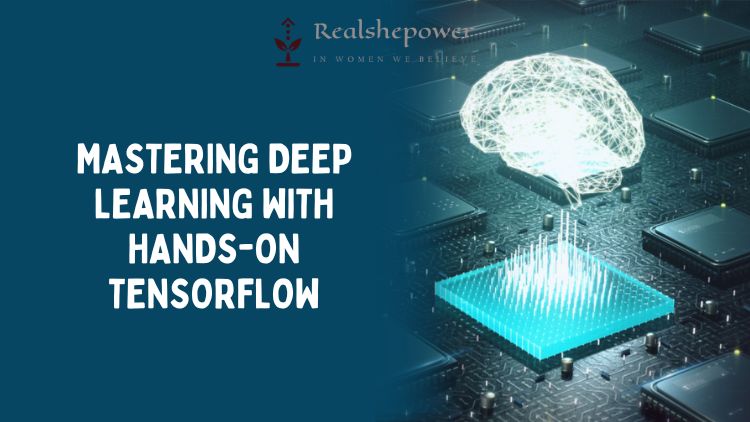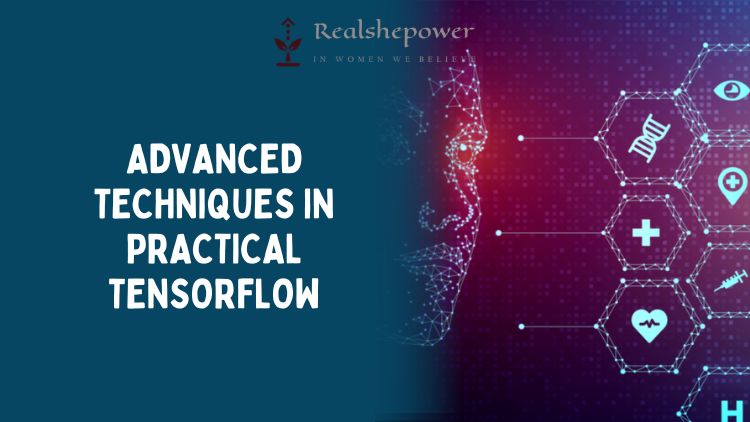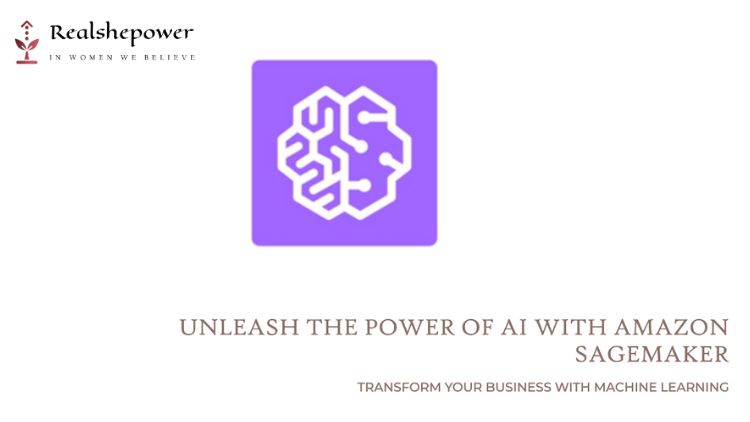Practical TensorFlow: Teaching Deep Learning with Hands-on Examples


Exploring Advanced Techniques in Practical TensorFlow: Taking Deep Learning to the Next Level

Introduction
Deep learning has rapidly evolved in recent years, with researchers and practitioners pushing the boundaries of what’s possible. From state-of-the-art models that achieve unprecedented performance to innovative techniques that tackle complex challenges, the deep learning landscape is constantly evolving. In this article, we will dive into advanced techniques in Practical TensorFlow, equipping you with the tools and knowledge to stay ahead of the curve.
Are you ready to unlock the full potential of deep learning? Let’s embark on a journey of exploration and discovery as we delve into advanced techniques in Practical TensorFlow.
Optimizing Deep Learning Models
Fine-tuning and Transfer Learning
One of the most powerful techniques in deep learning is transfer learning. It allows us to leverage pre-trained models, which have been trained on large-scale datasets, and adapt them to new tasks or domains. By reusing the knowledge encoded in these models, we can significantly reduce training time and improve performance, even with limited data.
To apply transfer learning in TensorFlow, follow these steps:
- Step 1: Selecting a Pre-trained Model
- Choose a pre-trained model that aligns with your problem domain.
- Popular choices include VGG, ResNet, and Inception.
- Step 2: Modifying the Model
- Remove the final classification layer(s) of the pre-trained model.
- Replace it with a new set of fully connected layers suited to your task.
- Step 3: Freezing and Fine-tuning
- Freeze the weights of the pre-trained layers to prevent them from being updated during training.
- Fine-tune the newly added layers using your specific dataset.
By utilizing transfer learning, you can achieve excellent results with limited resources and accelerate the development of your deep learning models.
Hyperparameter Optimization
Optimizing the hyperparameters of a deep learning model is essential for achieving optimal performance. However, the search space of hyperparameters can be vast, making manual tuning impractical. Thankfully, TensorFlow provides several techniques to automate and optimize this process.
- Grid Search
- Define a grid of possible hyperparameter values.
- Train and evaluate the model for each combination of hyperparameters.
- Select the set of hyperparameters that yields the best performance.
- Random Search
- Randomly sample hyperparameters from predefined distributions.
- Train and evaluate the model for each set of hyperparameters.
- Identify the combination of hyperparameters that maximizes performance.
- Bayesian Optimization
- Model the performance of the deep learning model as a function of its hyperparameters.
- Use Bayesian inference to select the most promising hyperparameters to evaluate.
- Update the model’s performance model based on new evaluations and iteratively refine the search.
Hyperparameter optimization techniques empower you to fine-tune your deep learning models efficiently and achieve superior results.
Exploring Cutting-edge Approaches
Generative Adversarial Networks (GANs)
Generative Adversarial Networks, or GANs, have revolutionized the field of generative modeling. GANs consist of two components—a generator network and a discriminator network—competing against each other in a game-like framework. The generator network learns to generate realistic synthetic samples, while the discriminator network learns to distinguish between real and fake samples.
With TensorFlow, you can dive into the world of GANs and unleash your creativity. Explore tasks like image generation, style transfer, and data synthesis by implementing GAN architectures such as Deep Convolutional GANs (DCGANs) or Progressive Growing of GANs (PGGANs).
FAQs
Q1: What prerequisites are required to delve into advanced techniques in Practical TensorFlow?
A1: Familiarity with the basics of deep learning and proficiency in TensorFlow is recommended. It’s beneficial to have prior experience with training deep neural networks and knowledge of optimization techniques. However, even if you’re relatively new to deep learning, this guide will provide you with the necessary foundations to explore advanced techniques.
Q2: Can I apply these advanced techniques to real-world problems?
A2: Absolutely! The advanced techniques covered in Practical TensorFlow can be applied to a wide range of real-world problems. Transfer learning and hyperparameter optimization can enhance the performance of your models, while generative adversarial networks open up new possibilities for creative applications.
Elevate Your Deep Learning Skills with Advanced Techniques in Practical TensorFlow
Congratulations on reaching the advanced level of deep learning with Practical TensorFlow! By exploring cutting-edge approaches, optimizing your models, and venturing into the exciting realm of generative adversarial networks, you have expanded your skill set and gained valuable insights into the world of deep learning.
Remember, deep learning is a rapidly evolving field, and staying up to date with the latest techniques is crucial. Continue experimenting, exploring new research, and pushing the boundaries of what’s possible with Practical TensorFlow.
Now that you’ve mastered the advanced techniques, let your deep learning models soar to new heights!








